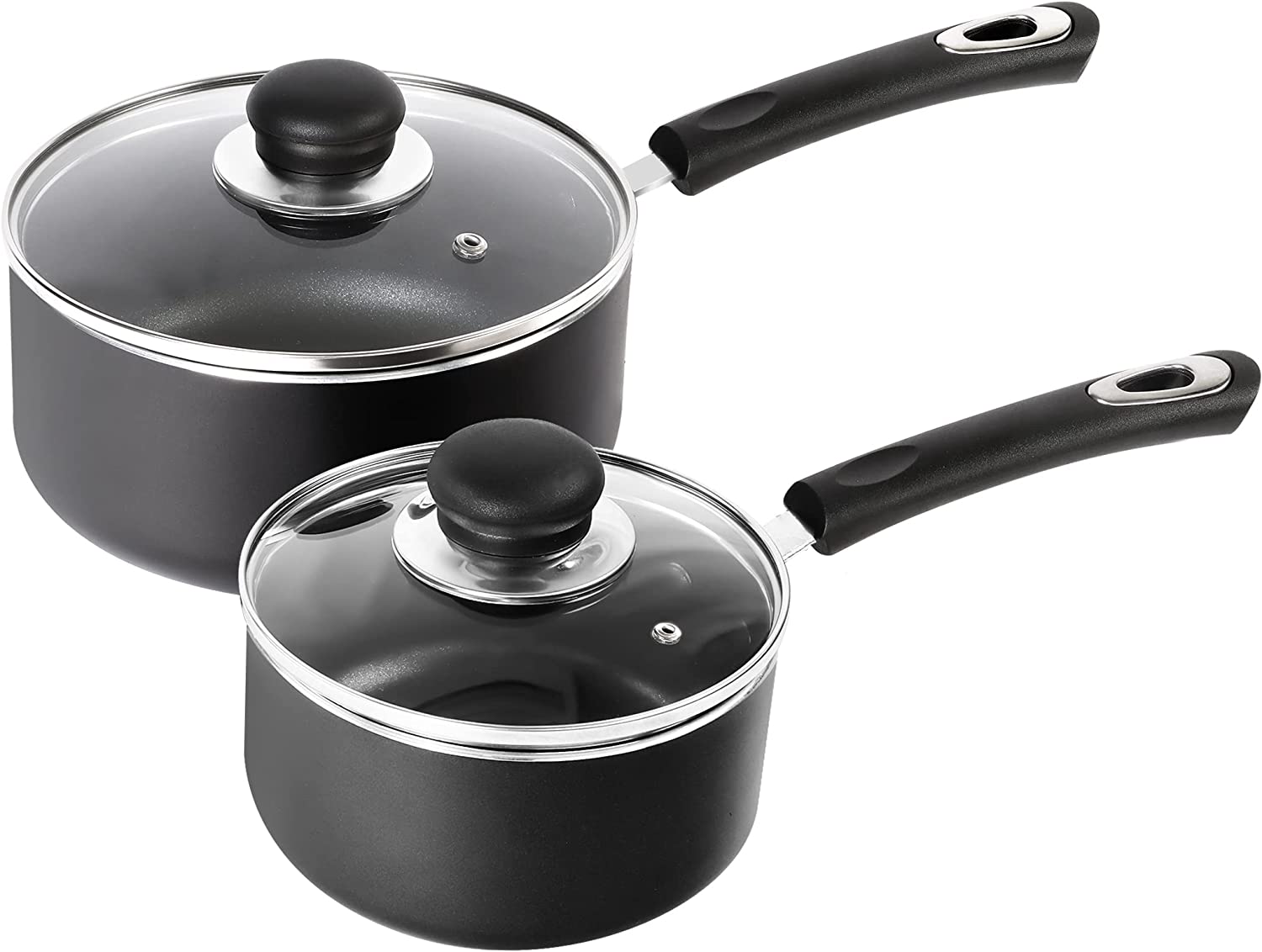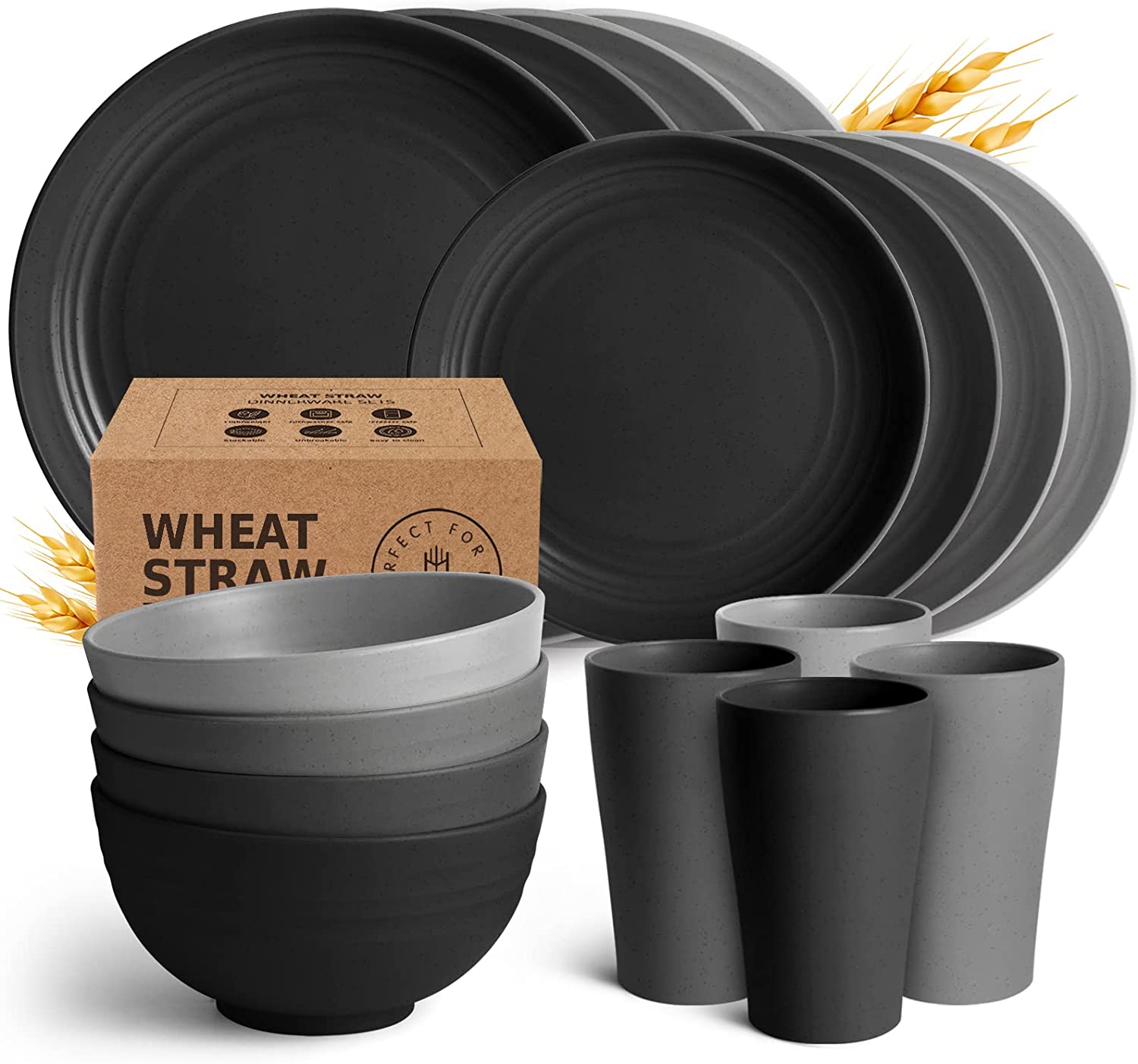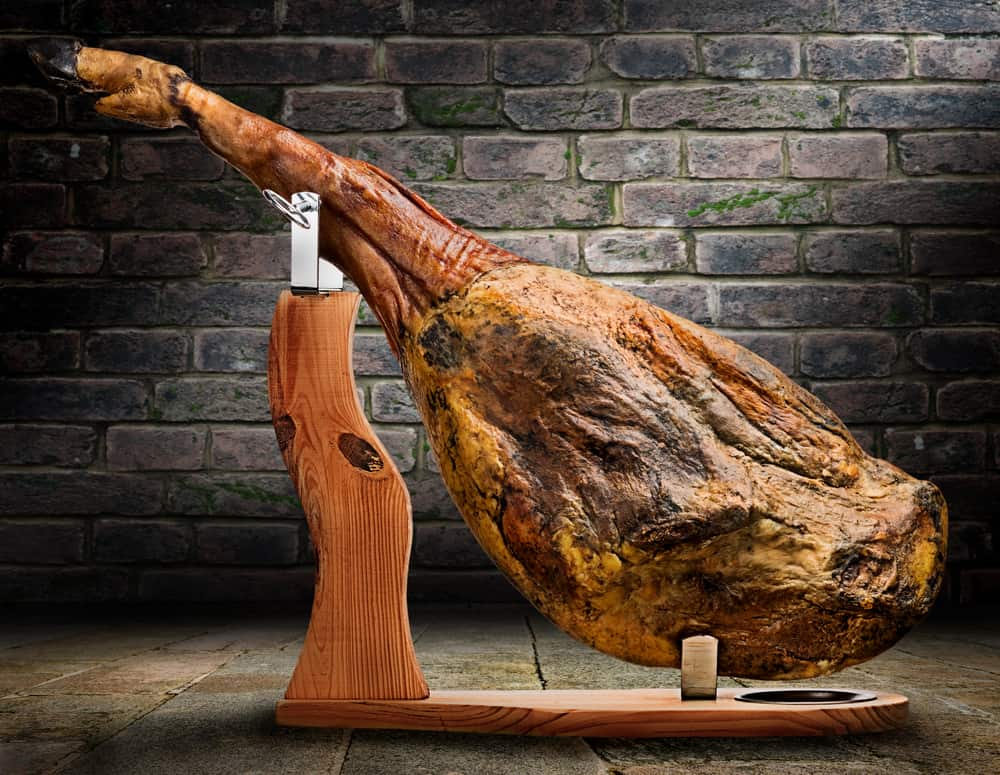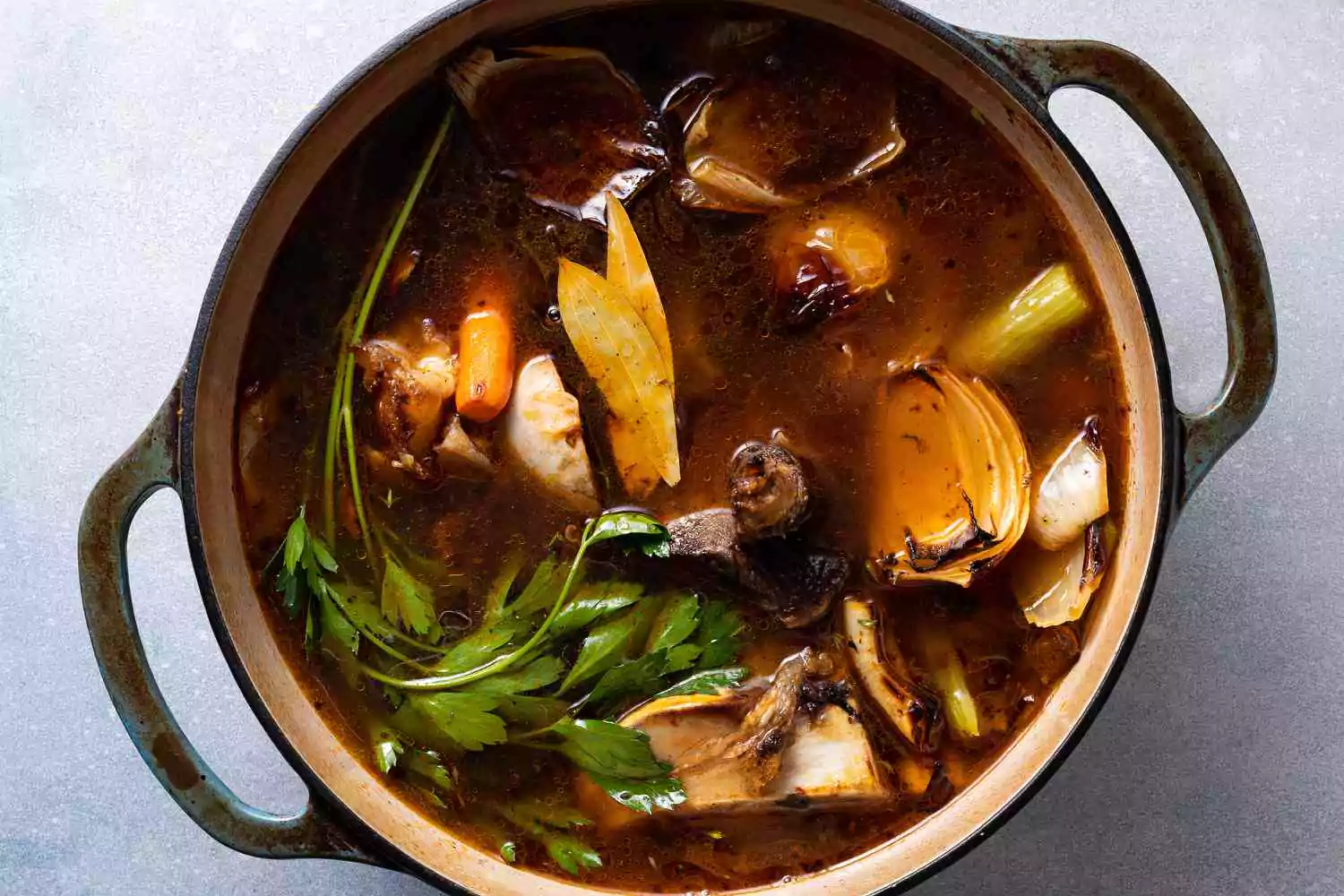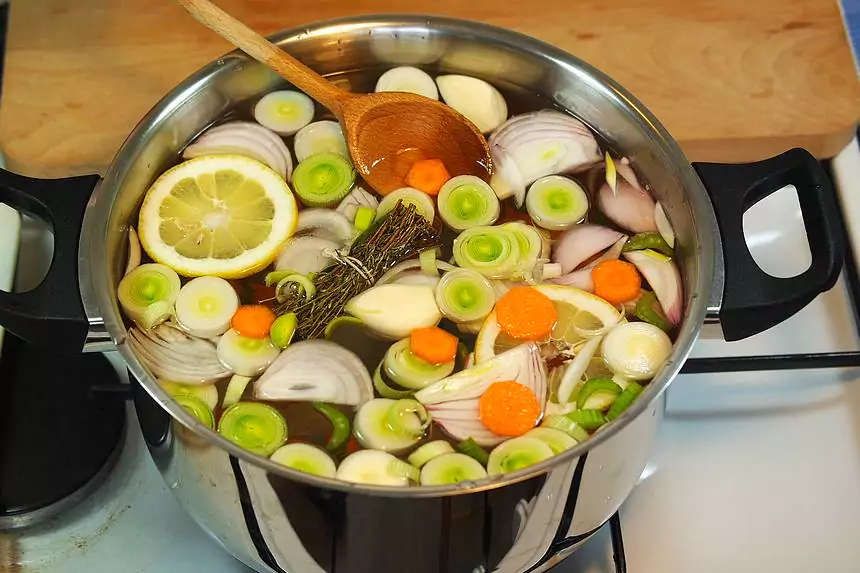
20-minute Delicious Crispy Saffron Rice: Riso al Salto
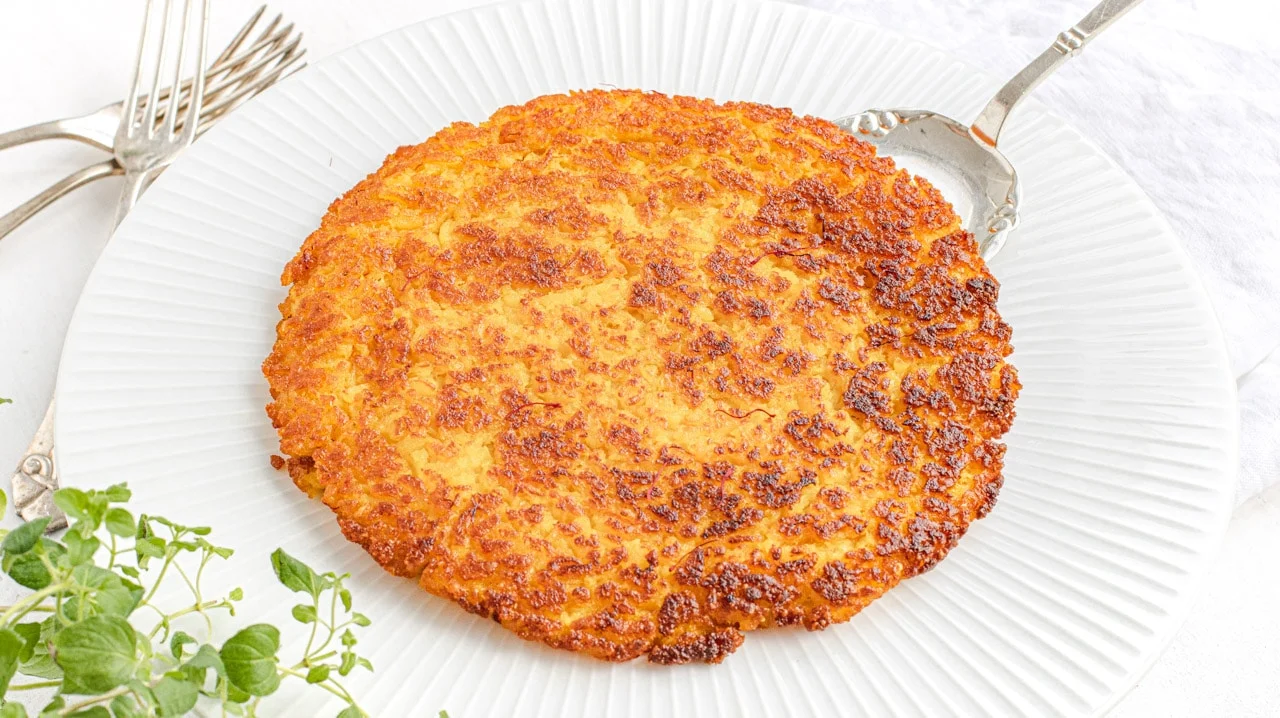
The tantalising Italian delicacy known as Riso al Salto has the alluring scent of crispy saffron rice. This classic Milanese dish is a culinary wonder, a perfect synthesis of ease of preparation and delicious flavour. This page will discuss the origins, ingredients, method, and cooking of Riso al Salto, as well as its recommended servings, how to ensure success, variants, health advantages, and cultural importance. Join me on a culinary adventure as I show you how to make a dinner that will tantalise your taste buds and leave you wanting more.
Crispy Saffron Rice ( Riso al Salto ) Origin
The origins of Riso al Salto, or “jumped rice” in Italian, may be traced back to the nineteenth century. The initial inspiration for this recipe came from the need to use up leftover risotto, a popular Italian rice dish. Frugal Italian chefs would pan-fry the leftover risotto until it was crispy and serve it to guests as a fresh dish. As a result of its unique blend of textures and flavours, Riso al Salto has become a popular dish in Milan and beyond. Riso al salto is a simple meal that requires just leftover risotto, which is shaped into a patty and pan-fried till crisp.
Simple to prepare at home using common pantry items, risotto may be customised to taste with the addition of cheese, herbs, or veggies. Because of its adaptability, it is an excellent choice for repurposing leftover risotto into a tasty and filling supper. The pan-frying procedure gives “riso al salto” a crispy crust on the exterior while leaving the interior soft and creamy, resulting in a dish with a delicious flavour and texture. The frying procedure concentrates and enhances the risotto’s flavours, making for a savoury and delectable meal with a great contrast in texture between the crispy surface and the creamy core.
The dish “Riso al salto” has been relished by Italians for decades, giving it a traditional and nostalgic allure. It’s a common technique to repurpose leftover risotto, and it brings to mind the delightful and warm meals prepared by Italian nonnas for their families. Its popularity in Italy may be attributed, in part, to its nostalgic appeal and link to Italian culinary traditions. As a sustainable and cost-effective recipe, “Riso al salto” makes good use of leftover risotto, which helps to cut down on wasted food and save money. It’s a favourite among thrifty and environmentally aware families since it’s a cheap way to make something fresh and tasty out of leftovers.
In a variety of settings, “Riso al salto” may be appreciated thanks to its adaptability in preparation and presentation. It’s a versatile recipe that works well as a main course with salad or vegetables, a side dish with meat or fish, or even breakfast on its own. It’s a flexible dish that may be served for a variety of situations and circumstances.
Key Ingredients for Riso al Salto
These essential components of “riso al salto” are what make the leftover risotto into a meal that is both tasty and gratifying. The eggs both bind and moisten the creamy risotto that serves as the basis. The crispiness comes from cooking in butter or oil, and the cheese enhances the flavour. The recipe tastes great with a dash of salt and pepper. These constituents, when united, provide a cuisine that is appreciated for its simplicity, flavour, and adaptability.
Risotto – The “riso al salto” name comes from the fact that the dish is mostly comprised of leftover risotto, which is often cooked with Arborio or Carnaroli rice. “Riso al salto” gets its distinctive flavour and texture from the risotto that serves as the dish’s foundation.
Eggs – The remaining risotto is formed into patties with the help of eggs, which act as a binding agent. They make the dish more moist and rich, which enhances the savoury flavour and velvety texture.
Parmesan Cheese – Cheeses like Parmesan and Pecorino are common additions to “riso al salto” to boost the dish’s flavour and texture. When the patty is pan-fried, the cheese melts and forms a crust that is both crunchy and savoury.
Butter – Pan-frying the risotto patties in butter or oil creates a crispy surface and imparts flavour to the meal. Although butter lends a more robust flavour to classic Italian dishes, oil may be used as a healthier substitute.
Salt and Pepper – Seasonings like salt and pepper bring out the natural flavours of the food. They are crucial to the dish’s harmony of flavours and bringing out the best in the leftover risotto.
Bonus Tips for Success
It takes skill and care to make the ideal Riso al Salto. To guarantee a successful outcome, follow these guidelines.
- Use chilled, previously cooked risotto. As a result, the rice will retain its form and get a nice, crispy coating when pan-fried.
- If you want perfectly cooked rice without any sticking, then you need a non-stick frying pan.
- The dish will benefit greatly from liberal applications of butter and olive oil.
- Saffron threads may be infused into oil to provide both flavour and colour.
- When turning the risotto, do it carefully so as not to ruin it. Turn it over carefully with a plate or spatula.
- To get a golden brown and crispy coating on the risotto, cook it over medium heat.
- Add salt and pepper to taste, to enhance the Riso al Salto’s flavours without masking the saffron’s subtlety.

Riso al Salto ( Crispy Saffron Rice )
Recipe by Smit Modi
Course: Main Course, Dinner, Lunch / Cuisine: Italian / Difficulty: Moderate
Transform leftover risotto into a crispy and savory Italian delight with Riso al Salto.
Ingredients
Directions
- The Milanese risotto is the foundation for the stir-fried rice. Half of the butter should be melted with the oil and seasoned with the chopped onion in a saucepan. Add the rice when the onion is translucent and stir to combine.
- Add the saffron and stir it in after a few seconds of cooking. Soak up some wine and wait for it to dry up. Cook the risotto as directed, adding more hot liquid one ladleful at a time as it is absorbed, for a total of 10 minutes. Toss in the remaining butter and grated parmesan, then take it from the fire and season with salt & pepper to taste.
- The risotto should be poured onto a platter, broken up with a fork, and allowed to cool fully before serving. Brown the rice for 4 to 5 minutes each side over high heat in a skillet that has been lightly buttered. A broad, smooth lid (or a flat plate) lubricated with oil can make quick work of flipping the rice.
- Invert the dish onto a serving platter after a light golden crust has developed on both sides of the rice. Bon Appetit!
Notes
- Riso al Salto is not only delicious, but also nutritious. Rice is a strong source of carbs, so eating it might help keep you going throughout the day. Saffron’s antioxidant capabilities may improve health in a number of ways, including by lowering inflammation and boosting well-being. In addition, it may be a healthy and nutritious dinner full of vitamins, minerals, and protein if you choose preparations that include veggies or fish.
- Prepare to see your visitors’ eyes light up with excitement as you serve them your magnificent dish of Riso al Salto. The crunchy saffron rice is the star of the show in this dish’s flavour symphony. The glittering saffron threads tell a tale of luxury and excess, while the crispiness of the rice delivers a crescendo of delight. Every mouthful is an adventure, a tango of flavours that will leave your visitors wanting more.
- Preparing the leftover risotto is a necessary first step in making Riso al Salto. Cook some Arborio or Carnaroli rice in some broth or wine and add any other things you choose for a quick and easy new pot of risotto. When the risotto is done, transfer it to a large platter to cool. This will ensure that the rice doesn’t break apart in the pan.
Conclusion
More than simply a meal, riso al salto is a culinary masterpiece that stirs the soul and excites the taste buds. Its golden saffron rice has a little crunch and a symphony of flavours that will transport your taste buds. You may use the supplied hints and changes to put your own spin on this classic Italian meal. Riso al Salto is a celebration of culinary creativity and the delight of sharing a meal with loved ones, in addition to being a nutritious and culturally significant dish in its own right.
FAQs
-
Can I use any type of rice for Riso al Salto?
While Arborio rice is the standard for risotto and Riso al Salto, other short-grain rice kinds like Carnaroli and Vialone Nano may be utilised to create deliciously diverse textures.
-
Can I make Riso al Salto ahead of time?
Although fresh and hot Riso al Salto is preferable, the risotto may be prepared in advance and stored in the fridge until it is ready to be pan-fried. If you want a uniformly cooked and crisply fried end result, let it come to room temperature before frying.
-
Can I make Riso al Salto without saffron?
Saffron gives Riso al Salto its signature flavour and colour, but it’s not necessary to make a tasty pan-fried risotto. Alternate herbs, spices, or pureed vegetables may be used to adjust the dish’s flavour and appearance.
-
What are some variations or regional variations of crispy saffron rice?
Different cultures’ takes on crispy saffron rice may be found in dishes as diverse as Persian “tahdig,” Spanish “paella,” and Indian “biryanis.” It’s possible that the components and preparation processes for each variant will be different.
-
How do I achieve a crispy texture when making saffron rice?
Saffron rice may be made crispy by cooking it without stirring over low heat until a crust develops on the bottom of the pan. The rice may be covered with a lid or a dry towel can be used to remove the excess moisture.


